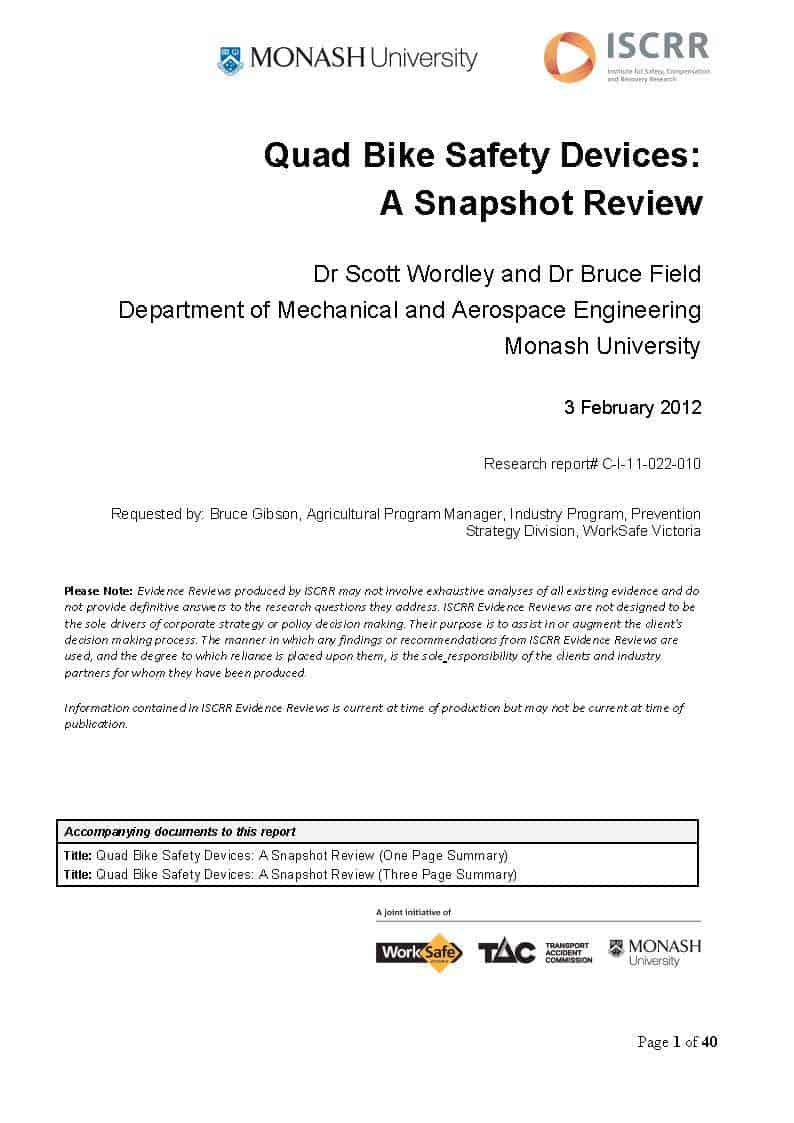Some companies and industry sectors are struggling to cope with a major change to Australia’s occupational health and safety laws – the removal of the employer/employee relationship. One example of an industry struggling with the change is the sex industry, more specifically, the licensed brothels.
 In many industries, and in the safety profession itself, people confuse the OHS laws of injury prevention with the Compensation laws of rehabilitation. In Australia these are two separate sets of laws, administered, often, by different government agencies and through different mechanisms, even though to effectively manage workers business needs to operate as if the demarcation does not exist. Many industries and professionals also make the common mistake of believing that a judgement in one area of law applies to other areas.
In many industries, and in the safety profession itself, people confuse the OHS laws of injury prevention with the Compensation laws of rehabilitation. In Australia these are two separate sets of laws, administered, often, by different government agencies and through different mechanisms, even though to effectively manage workers business needs to operate as if the demarcation does not exist. Many industries and professionals also make the common mistake of believing that a judgement in one area of law applies to other areas.
For many years the brothel industry* in Victoria, in particular, has believed that a ruling by the Australian Taxation Office (ATO) – that sex workers (or sexual service providers, the preferred term by the brothel industry) are not employees of the brothels – also relates to the OHS laws. The argument goes that, as the ATO has said that no employment relationship exists for taxation purposes, there are no, or limited, OHS obligations on the brothel owners for the sexworkers. This is bollocks, has always been bollocks and I have personally advised representatives of the brothel industry over many years that it is bollocks but the misunderstanding persists. Sadly, this persistence could impede the progress of the brothel industry to comply with the new Work Health and Safety laws.
Continue reading “One industry sector continues to struggle with new OHS obligations”



